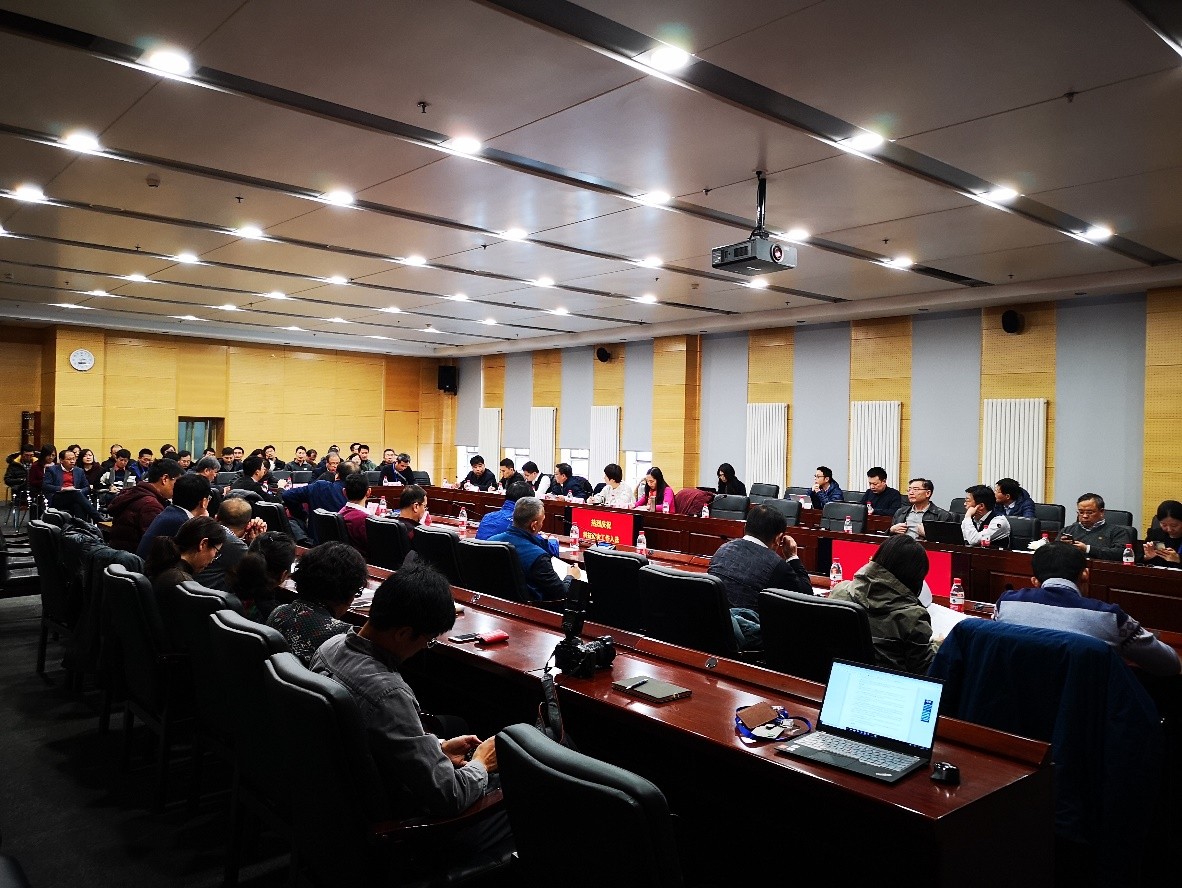S&T Disaster Relief Highlighted as Hallmark Feat of CAS during 40 Years of Reform and Opening Up
A workshop was held on January 7, 2019 in Beijing to mark the work of using Science and Technology (S&T) for Disaster Relief included in the CAS list of 40 hallmark S&T achievements as a result of China’s 40-year reform and opening up from 1978 to 2018.
The workshop was chaired by CAS Academician and Director of the CAS Workgroup GUO Huadong. The conference was attended by more than 80 scholars and government officials, including Vice Minister of China’s Ministry of Emergency Management YIN Guanghui, Vice Director of China National Center for Disaster Reduction ZHANG Xiaoning, and AIR Deputy Directors CAI Rong, ZHAO Zhongming and ZHANG Guoqing.
Guo reviewed the performance of the Workgroup since 2008. He highlighted that during the 10 years since the Wenchuan Earthquake the Workgroup have made innovative achievements in developing technologies for collecting, transmitting, processing, analyzing and evaluating remote sensing data for earthquake disaster relief. In addition to that the Workgroup has also carried out a five-year successive dynamic monitoring and evaluation of Wenchuan Earthquake from 2008 to 2013, and the space-based observation for dynamic changes of Wenchuan in 2018. The workgroup also provided data aids to other countries including Australia for monitoring the bushfire in 2013.
Guo stressed that earth-observation professionals are duty-bounded to assist disaster mitigation using space technologies. He pointed out that science and technology plays a significant role in disaster reduction as shown by the fact that the governments of different countries have increasingly attached greater importance on utilizing S&T for disaster relief and disaster risk reduction.
During the workshop, a representative of the International Department of the National Disaster Reduction Center spoke highly of the achievements of the Workgroup in utilizing space technology for disaster risk reduction, and advocated further cooperation in S&T towards disaster mitigation and relief in support of the national campaign on disaster prevention and reduction.
AIR Vice Director CAI Rong congratulated the working group on their inclusion of disaster relief using science and technology (S&T) in the CAS list of 40 hallmark S&T achievements. He called on experts in the field to make further contributions to socio-economic progress by deepening the understanding of the causes and patterns of natural calamities.




News & Events